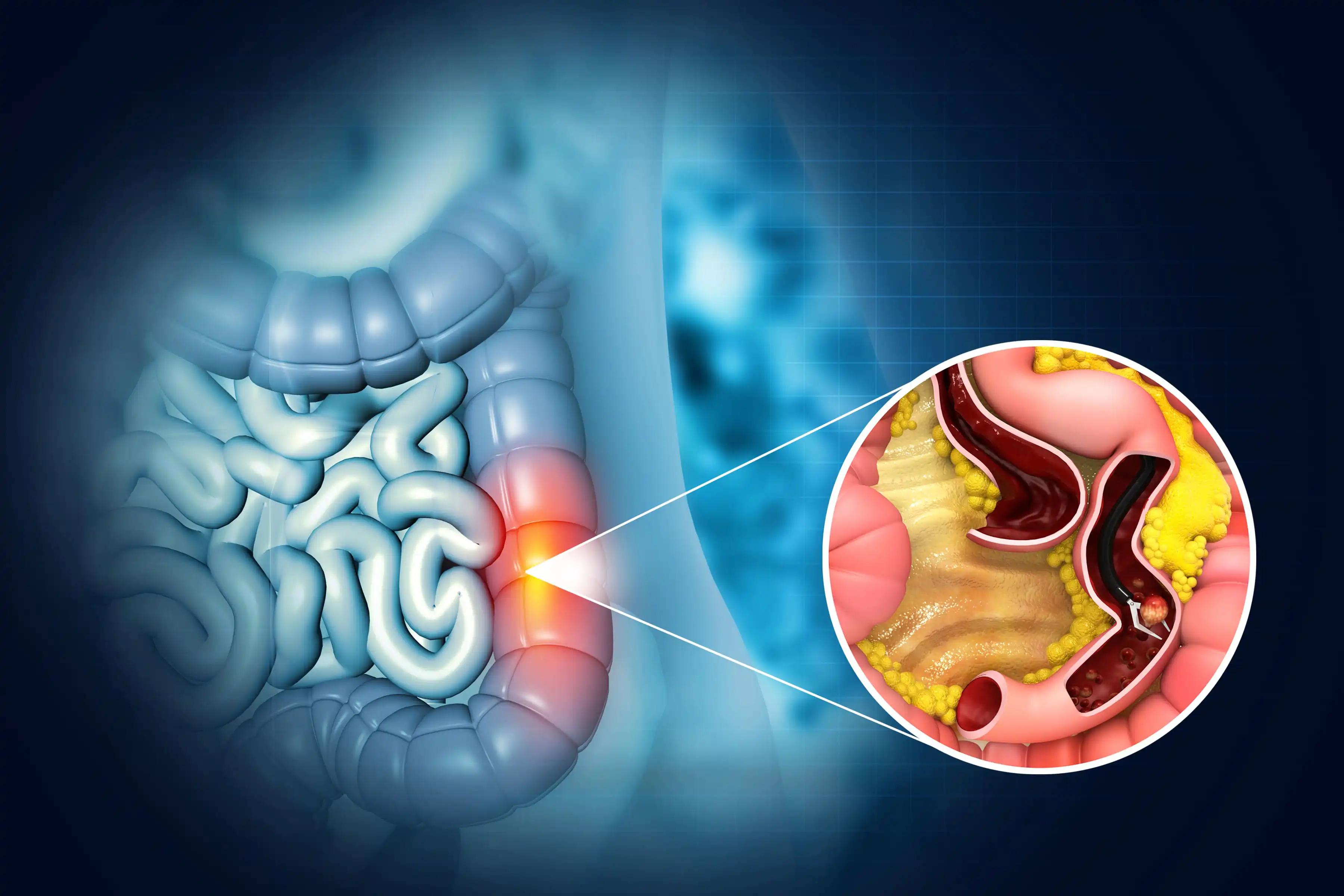KEY TAKEAWAYS
- The LEMON phase 2 trial aimed to assess the efficacy of L.E.M. in pts with CRC.
- The primary endpoint was the reduction in VAS numbness scores in low-dose vs. PBO.
- The high-dose group significantly improved VAS scores and QOL, meriting further study.
Oxaliplatin-induced peripheral neuropathy (OIPN) presents a significant challenge for colorectal cancer (CRC) patients (pts), often evident to be resistant to treatment and adversely impacting quality of life (QOL). Lentinula edodes mycelia (L.E.M.) has demonstrated potential for OIPN management in preclinical studies.
Hironaga Satake and the team designed this placebo (PBO)-controlled trial to evaluate the safety and efficacy of L.E.M. in pts with CRC suffering from persistent OIPN, defined by a visual analog scale (VAS) score of 4 or higher.
Researchers administered the pts with either a PBO – a low dose (300 mg b.i.d.), or a high dose (900 mg b.i.d.) of L.E.M. for a period of 12 weeks. The patient selection criteria comprised pts with CRC who had undergone radical resection and had experienced persistent OIPN for at least three months following postoperative oxaliplatin-based chemotherapy.
The primary endpoint was the reduction in VAS numbness scores in the low-dose group compared to the PBO group at 12 weeks post-treatment. Secondary endpoints included the reduction in VAS numbness and pain scores in both the low- and high-dose groups vs the PBO group 12 weeks post-treatment, as well as the safety profile.
Adverse events (AEs) and QOL were assessed using the Common Terminology Criteria for Adverse Events (CTCAE) Version 4 and the Functional Assessment of Cancer Therapy/Gynecologic Oncology Group-Neurotoxicity (FACT-GOG/NTX) scale.
Results revealed that of 45 enrolled pts, 44 were eligible and formed the full analysis and safety analysis sets. These pts were then randomized between PBO group (n=15), low-dose group (n=15), and high-dose group (n=14).
The median adherence rate was 98.8% (range, 67.0 to 100%). While evaluating the reduction of VAS numbness scores at 12 weeks point there was no significant variation between the low-dose group and the PBO group (−1.2 [95% CI; −3.5 to 1.0] vs. −1.1 [95% CI; −2.7 to 5.7]).
Although no statistical significance was observed, the high-dose group compared to the PBO group showed a beneficial change in both VAS numbness and pain scores (−1.2 [95% CI; −3.5 to 1.0] vs. −2.9 [95% CI; −5.3 to −0.5]; −0.2 [95% CI; −2.6 to 2.2] vs. −0.6 [95% CI; −3.5 to 2.3]).
Further, the high-dose group demonstrated contrasting improvements in the An6 (“I have trouble walking”) score at 12 weeks time point in the FACT-GOG/NTX questionnaire (−0.1 [95% CI; −1.2 to 1.0] vs. −0.4 [95% CI; −1.6 to 0.8] vs. −1.0 [95% CI; −2.0 to 0.0]). No grade 3 or higher AEs were observed.
The study concluded that the high-dose group showed statistically significant VAS score enhancement and QOL improvement in pts with CRC, recommending further investigation.
The study was sponsored by Kobayashi Pharmaceutical Co., Ltd.
Source: https://cslide.ctimeetingtech.com/esmogi24hybrid/attendee/confcal/show/session/3
Clinical Trial: https://jrct.niph.go.jp/latest-detail/jRCTs051210085
Satake H, Boku S, Mitani S, et al. (2024). “A PBO-controlled study comparing doses and efficacy of lentinula edodes mycelia for chemotherapy-induced peripheral neuropathy in colorectal cancer: The LEMON trial.” Presented at ESMO-GI 2024, (Abstract 10P)



